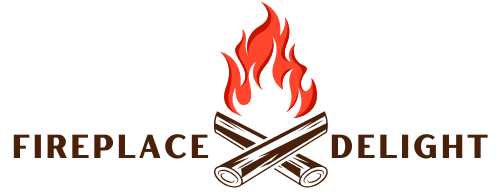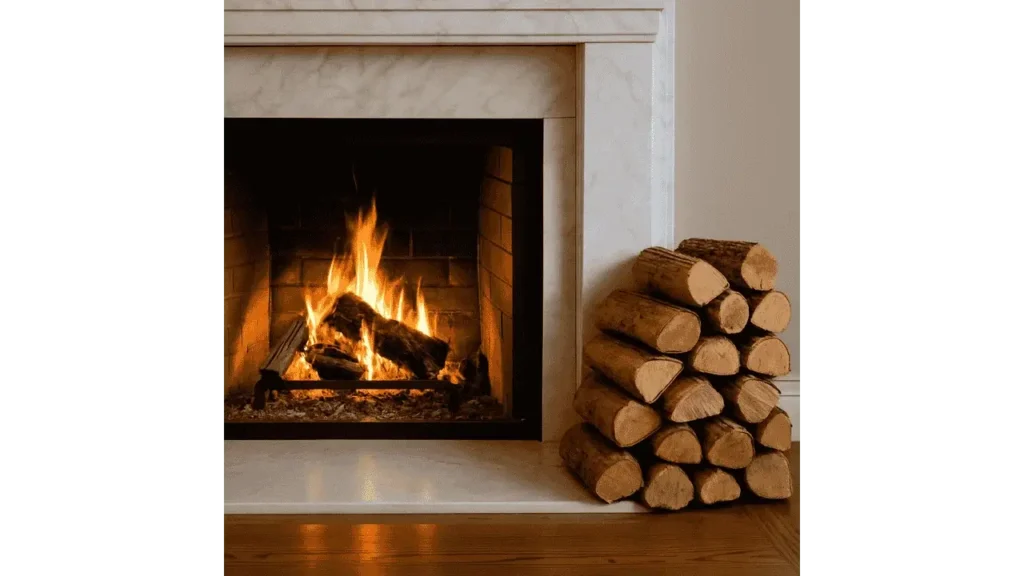Building a great fire isn’t just about tossing logs into the fireplace and lighting a match. The key to a warm, steady, and efficient fire lies in using the right materials, including fireplace fodder. Often overlooked, fireplace fodder is an essential component of fire-building, helping to ignite the flames and sustain them long enough for larger logs to catch. Understanding what fireplace fodder is and how to use it effectively can make the difference between a struggling fire and a roaring, long-lasting source of heat.
What Is a Fireplace Fodder?
Fireplace fodder refers to the small, combustible materials used to start and maintain a fire. It differs from kindling, which consists of slightly larger pieces of wood, as fodder is finer and ignites almost instantly. The role of fodder is to generate enough heat to ignite the kindling, which in turn helps the logs burn more efficiently. Using the right type of fodder ensures a clean burn, reduces smoke, and makes fire-starting an effortless process.
Types of Fireplace Fodder
Natural Fireplace Fodder
One of the best sources of fireplace fodder comes from nature. Dry leaves, twigs, pine needles, bark shavings, and straw all make excellent fire starters. These materials catch fire quickly and help transfer heat to the kindling. However, it’s essential to use dry materials, as damp or green plant matter can create excess smoke and hinder combustion.
Read More: Is Almond Good as Firewood for Fireplaces?
Household Items as Fodder
Many everyday household items can be repurposed as effective fireplace fodder. Newspapers paper towels, plain cardboard, and unwaxed brown paper bags are excellent choices. These materials burn cleanly and ignite easily, making them convenient fire-starting solutions. It’s important to avoid glossy magazine pages, coated cardboard, or printed papers with heavy ink, as these can release harmful chemicals when burned.
Specialty Fire-Starting Fodder
For those looking for a more efficient and long-lasting fire starter, specialty fire fodder options are available. Fatwood, which is naturally rich in resin, ignites quickly and burns hot, making it a reliable choice for starting fires. Compressed sawdust fire starters and wax-coated wood shavings also provide a slow-burning, consistent flame, perfect for ensuring kindling and logs ignite properly.
Learn More: Are Cracks in a Fireplace Dangerous?
How to Use Fireplace Fodder Effectively?
Using fireplace fodder properly is essential for creating an efficient fire. The best approach is to arrange the fodder in a loose pile at the base of the fireplace, ensuring enough airflow for the flames to spread. Kindling should be placed over the fodder in a crisscross pattern to allow heat and flames to rise evenly. Once the fodder is lit, it will quickly ignite the kindling, which then transfers the flames to the larger logs. Proper arrangement ensures minimal smoke and a steady, controlled burn.
Safety Considerations When Using Fireplace Fodder
While fodder is an essential part of fire-starting, it’s important to use it safely. Avoid using chemically treated or synthetic materials, as these can release toxic fumes into your home. Proper ventilation is key to preventing excessive smoke buildup, especially when using paper-based fodder. Storing fodder in a dry, fireproof container away from open flames ensures it remains safe and ready for use when needed.
Final Takeaways
Fireplace fodder plays a vital role in starting and maintaining an efficient fire. Whether using natural materials, household items, or specialty fire starters, choosing the right fodder ensures a quick ignition and a steady burn. Proper arrangement, safe usage, and selecting the right materials can make your fireplace experience more enjoyable while minimizing smoke and maximizing warmth.
- Can You Install an Electric Fireplace Anywhere? - July 31, 2025
- 23 White Fireplace Ideas to Brighten Your Home - July 31, 2025
- How to Clean an Electric Fireplace TV Stand? - July 30, 2025



